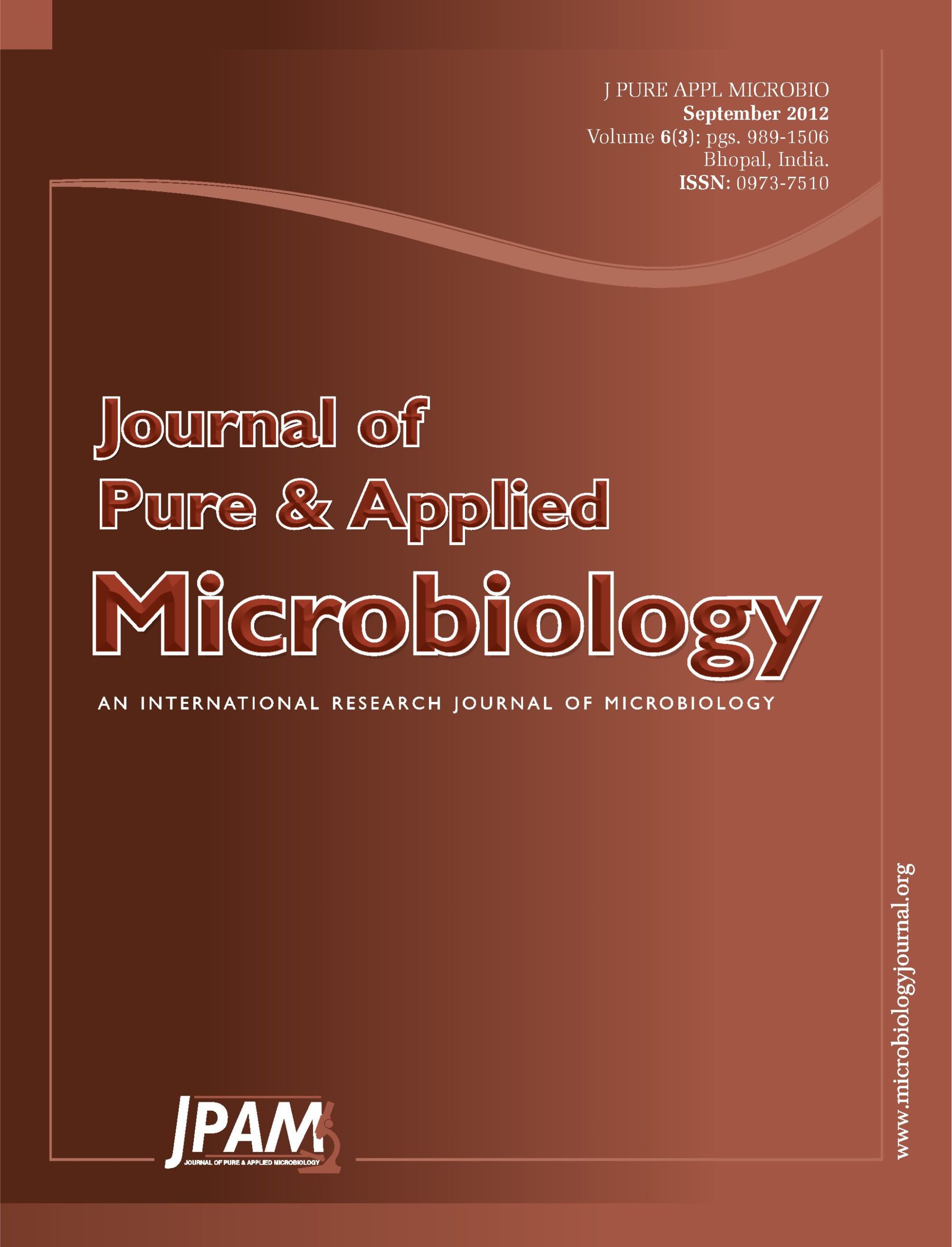The objective of this study was to explore the microorganism causing urinary tract infection (UTI) and to compare the safety and efficacy of antibiotics for these microorganisms in Allahabad region of U.P. State. Seventy urine samples of patients were analyzed and the microorganisms were identified by Gram´s Staining, biochemical tests like Growth on MacConkey and blood agar IMViC Test of Enteric bacteria- Indole test, Methyl Red, Vogues- Proskauer (VP) test, Citrate test for Citric Acid Utilization, Motility Test, Triple Sugar Iron Agar Test (TSI Test). Antimicrobial Susceptibility Testing performed by Disc diffusion methods and Dilution Methods followed by Minimum Inhibitory Concentration (MIC). Out of seventy samples sixty three were found to be infected by micro-organism like E.coli, Staphylococcus epidermis, Staphylococcus aureus, Staphylococcus saprophyticus, Streptococcus faecalis(enterococci) Pseudomonas auruginosa, Proteus mirabilis, Citrobacter Serratia and Klebsiella pneumoniae. These isolates of enteric and pathogenic bacteria were found to be Gram – positive bacteria: Staphylococcus epidermis, Staphylococcus aureus, Staphylococcus saprophyticus, Streptococcus faecalis, Gram – negative bacteria: Escherichia coli, Pseudomonas aeruginosa, Proteus mirabilis, Citrobacter and Klebsiella pneumoniae. Their resistance against antibiotic were also studied and recorded. There was high prevalence of asymptomatic bacteriuria among women in this setting regardless to women’s age, parity and gestational age. E. coli with its multi resistance towards antibiotics was the most commonly isolated organism in Allahabad region of U.P. State. Thus, urine culture should be performed as screening and diagnostic tool of UTI in this setting.
Urinary tract infection (UTI), Uropathogenic Escherichia coli (UPEC), Antibiotics sensitivity
© The Author(s) 2012. Open Access. This article is distributed under the terms of the Creative Commons Attribution 4.0 International License which permits unrestricted use, sharing, distribution, and reproduction in any medium, provided you give appropriate credit to the original author(s) and the source, provide a link to the Creative Commons license, and indicate if changes were made.


